Field Papers is a tool to help you create a multi-page atlas of anywhere in the world. The first version was launched in May of 2012, in partnership with Caerus Associates. In early 2013, we were approached by theU.S. Agency for International Development (USAID) to extend Field Papers, and make it more robust.
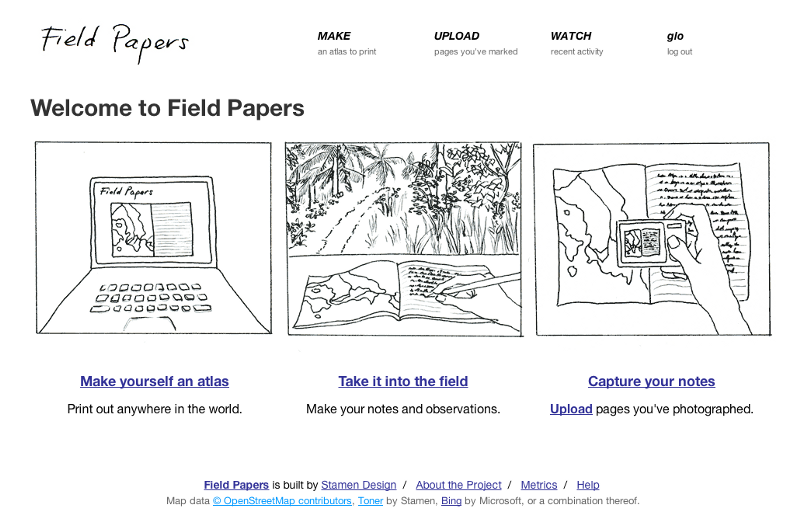
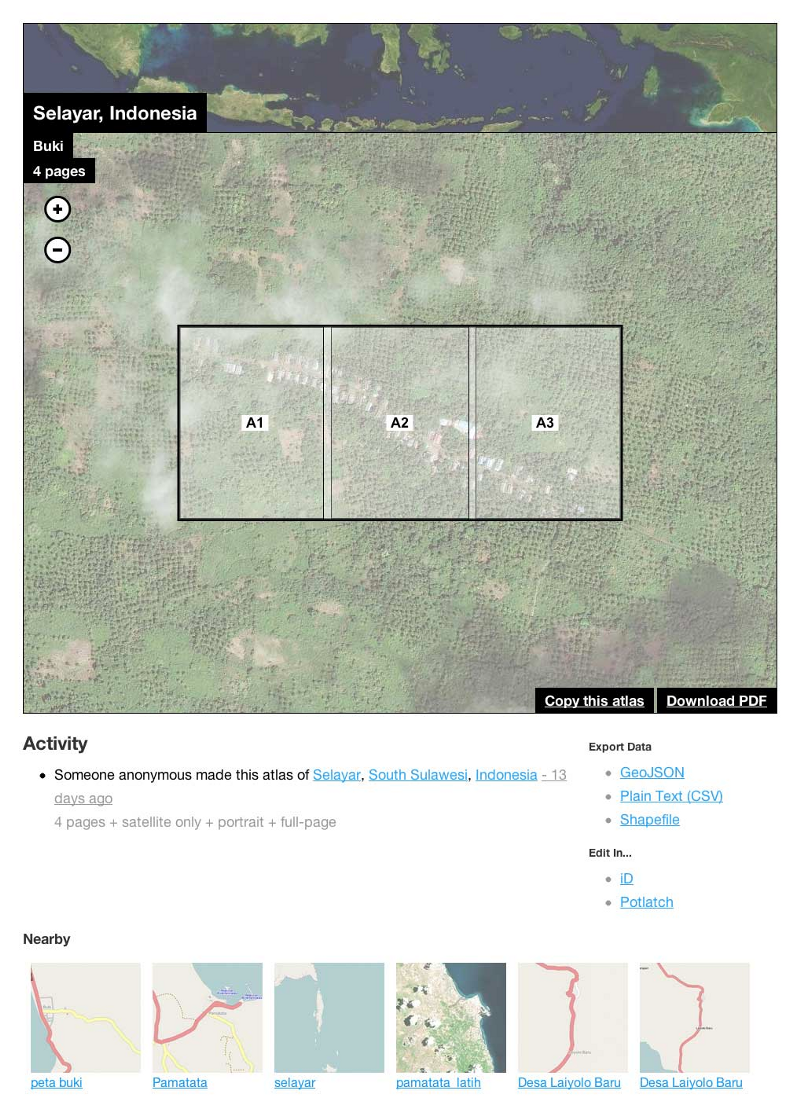
USAID wanted us to work on the performance of the system. After attempting to use it in the field, they had been hampered by the amount of time it took to make an atlas, seeing some atlases take up to 30 minutes to be created — obviously not good enough. We were thrilled to be given the opportunity to improve it, and we’re hoping that Field Papers Version 2 proves much more useful, and encourages broader uptake. While we worked on the infrastructure, we also took the opportunity to make some improvements to the front end of the site, add a couple of new features, and fix some old bugs.
Here’s a summary of what’s new in Version 2:
Performance
The main work we did on Version 2 was about performance. We installed a queue manager called Celery to make sure all the uploads and atlases were being managed properly and cleanly. We know our improvements worked because the weekly average atlas creation times showed more than a 10x reduction (from over an hour to just under 5 minutes). Not only that, but the number of atlases created per week has also increased, from about 190 in 2013 prior to this project to almost 300 each week since.
Cancelling stalled prints
As we poked deeper into the code, and monitored a few more operations, we soon realized that there were quite a few “zombie” tasks clogging things up; processes that hadn’t worked but were still alive. Sweeping all of these away and tweaking the code so failed operations were killed instead of retained went a really long way to tightening things up.
Designing for delay
I’m not normally a fan of designing around technical constraints, but in this case, I had some fun doing a design sketch of how we could let people know that their atlas was in a queue, and when it would be done. I was desperate to have a “Ding!” sound incorporated into the UI when someone’s atlas was “cooked.” But! Since Seth did such a good job of improving performance, the design I made was no longer needed. (I remain quietly desperate to use more sound in interaction design.)
New Features
Along with the performance improvements, we took the opportunity to make a bunch of enhancements and fix a couple of niggly bugs, like character encoding.
Edit in iD / Potlatch
We’ve added a couple of simple links from the pages that display scans of an atlas that take you directly into the lovely new OSM editor,iD, or Potlatch. (That means it’s quicker to get the new information back into Open Street Map.)
Copies
Now you can copy an existing atlas with the click of a button. Say you and your street team are working in the same general area, and can basically use the same atlas. You just have to create an atlas once, then your team mates can copy it into their accounts. Copies are also noted in the activity log for each atlas, so you can track them.

Refresh
It might be the case that you’re working on improving the data in a single area. If you’re using OSM as your basemap, and you’ve gone through a round or two of updates to the OSM data, you can refresh your atlas to bring any updates to the cartography into a new version of the atlas. Same place, same pages, same basemap, new data.
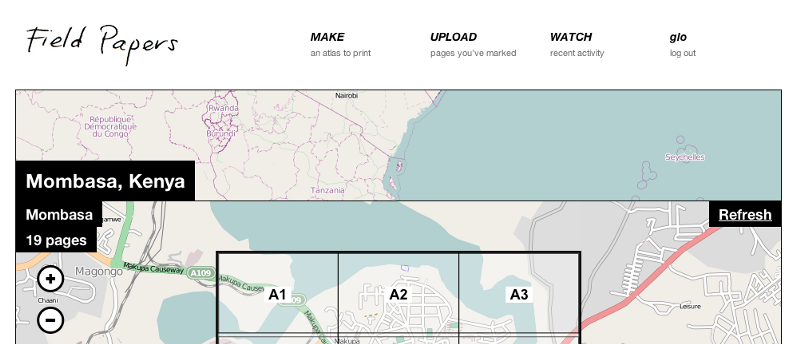
Private Atlases
There’s a new checkbox in the atlas-making process that lets you mark an atlas as private. You can do this whether you’re logged into your account, or using the site anonymously. The only trick is, if you’re not logged in, you’d better make sure you record the atlas’s URL somewhere, otherwise, you’ll never find it again because it won’t show up anywhere around the site. (If you are logged in, you’ll see it in the page that lists all your atlases, which you can get to by clicking on your username in top right of the nav bar.) Here’s a private atlas I made of Marin County. You can only see it because I want you to (and am sharing its URL):
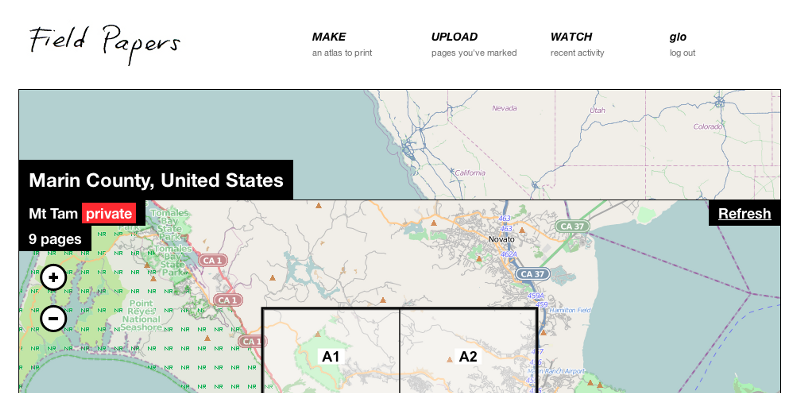
Maps, Activity, Counts for Things
We knew we wanted to improve how we’re showing activity around the site, so, we’ve added a new map and counts to any page that shows you a list of atlases. Now we can easily see that there are 12,983 atlases in Field Papers (at time of writing), 14 atlases in Collioure, 1,216 atlases were made in May 2013, and awiseman has made 13 atlases, mostly in the Caribbean.
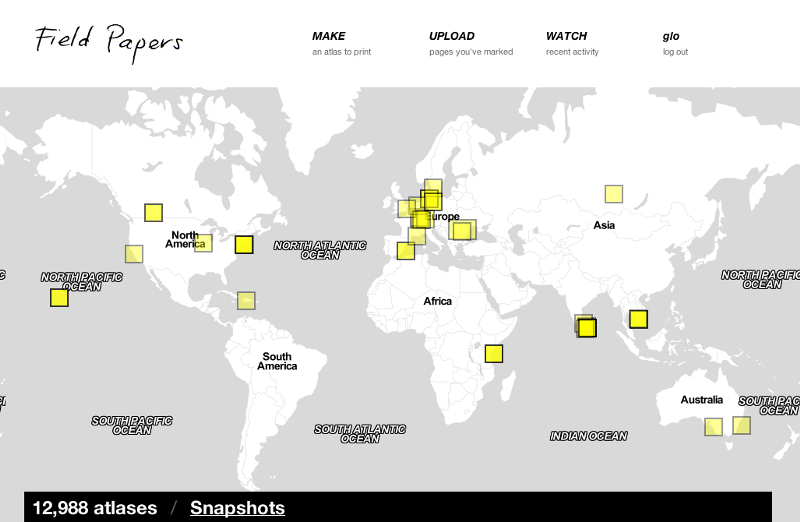
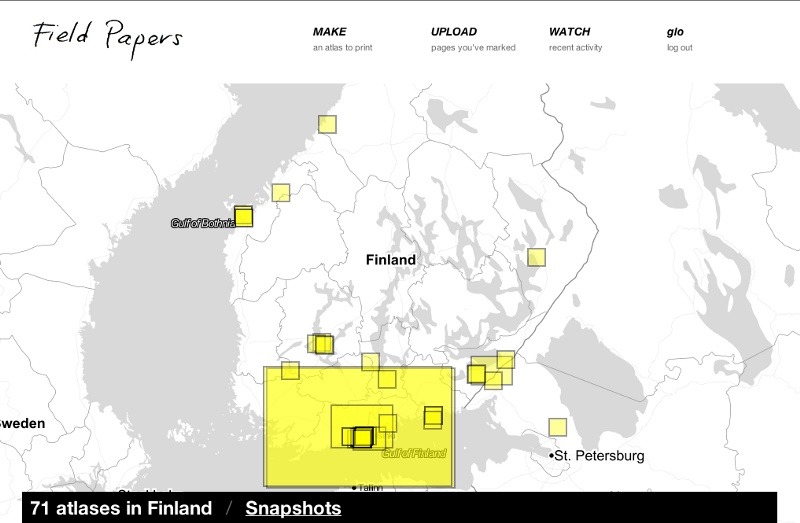
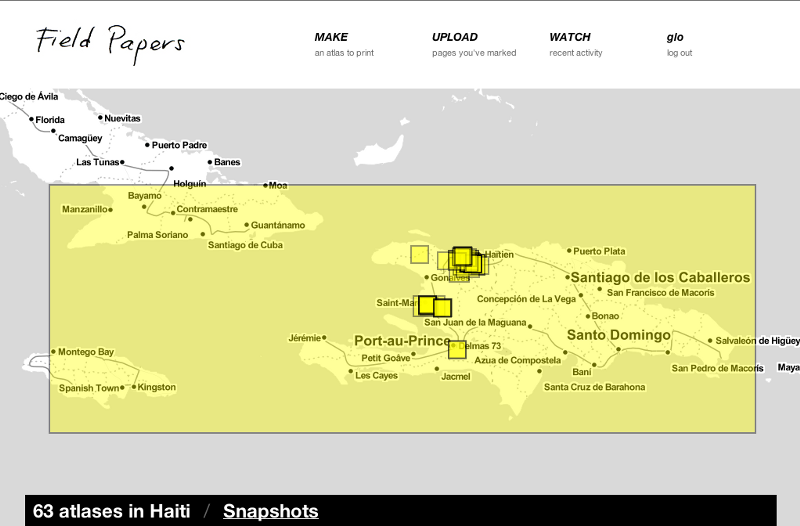
Nearby
There’s a new, simple display on the bottom of an atlas page too, labeled “Nearby,” to show you atlases that are, well, nearby the one you’re looking at. Like this atlas from Collioure, in France:

Or, Dublin…

Or a selection of atlases from a mapping party in the Rift Valley in Kenya…

Metrics
In addition to learning more about the performance of the software, we also implemented a very quick view on some simple metrics for the site too, like portrait vs landscape, and which basemap is used the most with D3.js, the very handy JavaScript library:
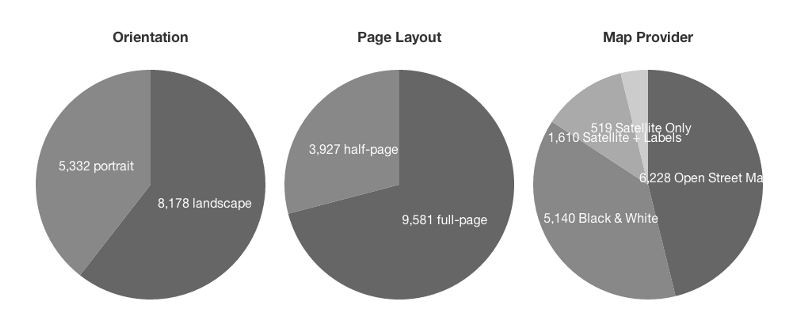
Github
The Field Papers repo is public on Github. By all means, fork it for your own use, or report any issues you see as you use the updated site!
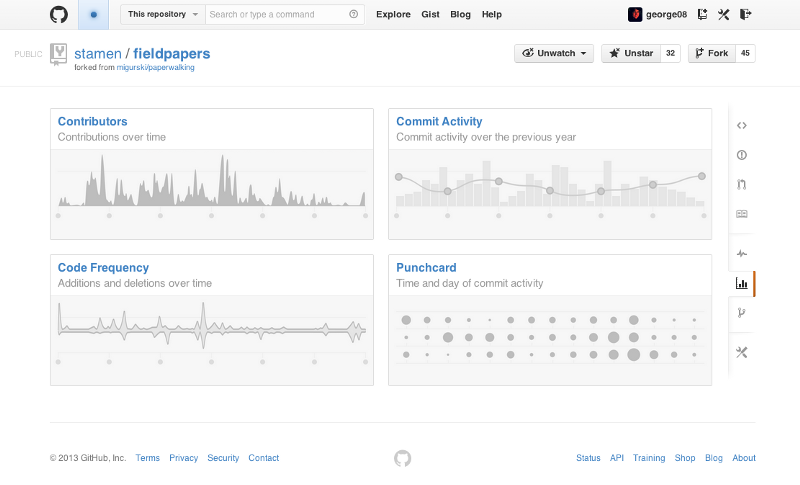
OSM Wiki
We’re working with USAID to create better How To documentation too, which you can see unfolding on the Field Papers page in the OpenStreetMap wiki. Feel free to chip in if the mood takes you!
So please, have a look around at the new Field Papers Version 2, and enjoy the new features and faster performance. Do let us know if you’re using Field Papers on an interesting project too. It’s great to hear when people are enjoying it!
